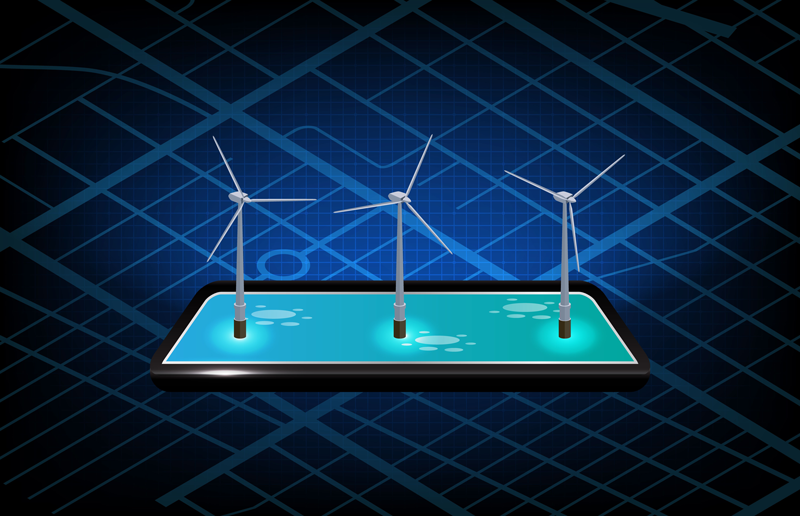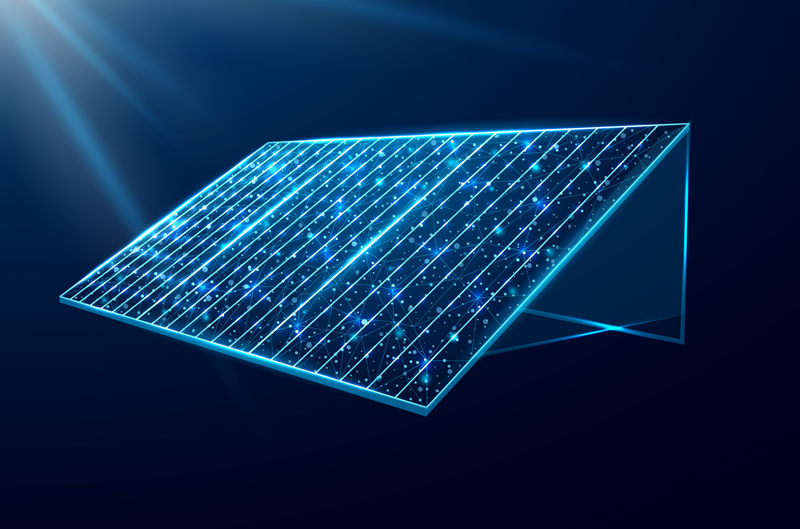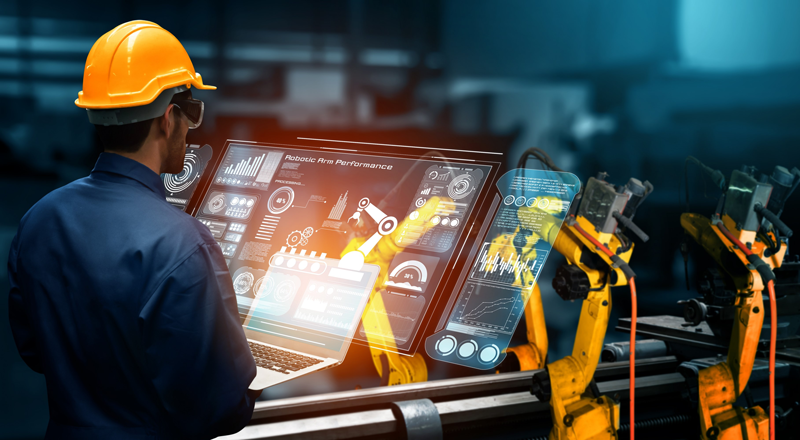From a distance, it may seem that the energy sector is hesitant to incorporate renewable power sources into existing systems. While this assumption is understandable, the reality is that even those in the utility industry eager to adopt greener alternatives must take baby steps and cannot undergo drastic transitions until renewable energy proves to be much more reliable.
As it stands, green energy sources, like wind and solar, are unpredictable and have historically been unable to reliably meet power demands as effectively as fossil or nuclear fuels. In this highly regulated industry, where there is a low-risk tolerance, utility companies and independent power producers have to prioritize predictability. However, thanks to advances in digital twin technology, the wait to embrace renewable energy sources may end soon.
A digital twin is a virtual replica of a physical asset, system or process, such as wind turbines, solar panels, hydropower plants, energy storage systems, or the energy grid, that utility companies can leverage to run simulations and perform modeling. Today, digital twins are invaluable to utility companies, providing operators and managers with the real-time insights they need to make data-driven decisions that improve the efficiency and reliability of renewable energy generation and distribution systems.
By analyzing the various factors that affect renewable energy systems, including weather conditions, grid demand and equipment performance, digital twins can automatically adjust the orientation of turbines in a wind farm to ensure they produce the maximum amount of wind energy. Likewise, this technology can help optimize the angle and position of the panels of a solar farm, allowing them to capture the most sunlight possible. Digital twins can also provide a holistic view of flow rate and volume in hydroelectric systems, enabling preemptive fine-tuning or appropriate resource allocation.

In addition to making renewable energy more efficient and reliable, digital twins enable power companies to perform virtual prototyping and testing. These simulations, which use various design configurations and scenarios, allow engineers to determine the most viable solutions before building the physical models, accelerating development cycles. Not only do digital twins offer a controlled and cost-effective alternative to real-world experimentation, but a safe method for workers to refine their skills and familiarize themselves with renewable energy systems. Furthermore, power companies can simulate how systems respond to adverse conditions like storms or earthquakes, helping them design those systems with the utmost safety and resiliency.
Making renewable energy more dependable is one thing; however, successfully integrating such systems and processes with complicated energy infrastructure is another challenge entirely. Nevertheless, utility companies can use digital twin technology to incorporate renewable energy systems into the broader energy grid.
Consider that micro-producers (wind, solar and hydro) will operate at an excess capacity on sunny or windy days but underproduce when it is cloudy or less windy. However, with digital twin technology, utility companies can make real-time forecasts of weather conditions, permitting grid operators to more effectively manage fluctuations in supply and demand, reducing grid congestion and improving stability. Essentially, digital twins can help facilitate grid balancing, allowing operators to make timely adjustments in the output of renewable energy systems to match fluctuations.

Digital twins will also enhance energy storage systems – namely, a process called peak shaving. On those days when solar and wind farms get lots of sun and wind, operators can divert that surplus energy into batteries for use later at night during peak demand. Here, the real-time weather forecasts and various simulations will help grid operators know precisely when the best times are to leverage the energy stored in batteries. As a result, the grid can seamlessly alternate between energy generated from fossil fuels and renewable sources.
Moreover, digital twins play a significant role in reducing the carbon footprint of renewable energy systems. Such systems often receive criticism for their adverse environmental effects, like solar panels and wind turbine blades, because they are difficult and expensive to reuse or recycle. Digital twins can support comprehensive life cycle assessments, allowing companies to identify ways to reduce the environmental impact during the manufacturing stage, operation or eventual decommissioning. To that end, digital twins can also help companies design more sustainable equipment and systems.
Predictive maintenance is another process that digital twins can support to help utility companies reduce the carbon footprint of renewable energy. As an Internet of Things (IoT)-enabled process, predictive maintenance uses statistical analysis and historical data to evaluate the current condition of a connected machine or piece of equipment and determine if it requires maintenance or enhancement. With digital twin technology, utility companies can build virtual machine models, discover concerning patterns and readily intervene to fix issues. By stepping in and making tweaks to a machine before it breaks, utility companies will minimize downtime, save money and – more importantly – extend the lifespan of their equipment. In the long run, fewer replacements and repairs mean less waste and a reduced carbon footprint.
At the same time, the data generated by digital twin models enables information management and operations managers to identify and resolve wasteful or harmful inefficiencies in processes. Likewise, digital twins can facilitate remote monitoring and control of renewable energy assets, meaning that, should operators detect an issue with equipment or systems at a remote location, like a solar farm in the desert, they can remediate the problem in real-time without having to send personnel on-site, thereby decreasing emissions from vehicles.

However, power companies that want to leverage digital twin technology to make renewable energy more reliable, shouldn’t put the cart before the horse. In other words, digital twins and their invaluable benefits are impossible without stable, always-on connectivity. Digital twins rely on data from IoT devices and sensors to simulate physical assets and systems. As such, utilities need uplink connectivity to collect the data generated by their connected machines and meters, and a path to the cloud to store the data and run analytics on it to gather insights.
Additionally, since utility equipment operates in unforgiving environmental conditions, utilities must prioritize connectivity solutions built to endure such environments. For example, Digi’s rugged industrial routers can resist extreme temperatures and humidity, and even tolerate intense vibrations and electric shocks. Connectivity solutions must also be secure from a cybersecurity perspective. Likewise, utility companies should look for connectivity partners with network management expertise.
Ultimately, as the pressure to switch to renewable energy continues to mount from government regulators and the general public, it is paramount that utilities tap into the potential of digital twins – while bearing in mind the necessity of robust connectivity solutions – to make green energy systems more reliable, efficient and sustainable.
Harald Remmert is CTO, Cellular Solutions at Digi International, a leading global provider of mission- and business-critical IoT connectivity solutions. In his over 25 years of industry experience, he has held multiple leadership roles with a proven track-record of introducing successful products to the market. In his current role at Digi, he is responsible for technology strategy and for driving digital transformation with new, innovative products, services and solutions based on 5G, edge computing, machine learning and artificial intelligence.
Oil and gas operations are commonly found in remote locations far from company headquarters. Now, it's possible to monitor pump operations, collate and analyze seismic data, and track employees around the world from almost anywhere. Whether employees are in the office or in the field, the internet and related applications enable a greater multidirectional flow of information – and control – than ever before.


